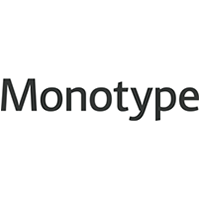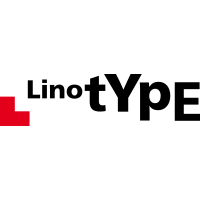 The Helvetica® typeface didn't start out with that name – or with the design it now has. The Helvetica story started in the fall of 1956 in the small Swiss town of Münchenstein. This is when Eduard Hoffmann, managing director of the Haas Type Foundry, commissioned Max Miedinger to draw a typeface that would unseat a popular design offered by one his company's competitors.
The Helvetica® typeface didn't start out with that name – or with the design it now has. The Helvetica story started in the fall of 1956 in the small Swiss town of Münchenstein. This is when Eduard Hoffmann, managing director of the Haas Type Foundry, commissioned Max Miedinger to draw a typeface that would unseat a popular design offered by one his company's competitors.
Miedinger, who was an artist and graphic designer before training as a typesetter, came up with a design based on Hoffmann's instructions, and by the summer or 1957, produced a new sans serif typeface which was given the name "Neue Haas Grotesk." Simply translated this meant "New Haas Sans Serif."
The Stempel type foundry, Haas's parent company in Frankfurt, decided to offer the design to their customers in Germany. Stempel, however, felt that they would be unable to market a new face under another foundry's name and looked for one that would embody the spirit and heritage of the face. The two companies settled on "Helvetica" which was a close approximation of "Helvetia," the Latin name for Switzerland. (The "Helvetia" was not used because Swiss sewing machine and insurance companies had already taken the name.)
The original design of Neue Haas Grotesk for handset metal composition has also been modified several times since it was renamed Helvetica. Originally, Neue Haas Grotesk was produced for typesetting by hand in a range of point sizes from five to 72-point, but Helvetica soon also became a Linotype® machine-set typeface which led to changes to the design to simplify production. This, however, was at the expense of aesthetic nuances. For example, the regular and bold weights were redesigned for duplexing on two-letter matrices for linecasters. The result was a regular that spaced a little too open and a bold that was more condensed than the original. Machine-set Helvetica has also always been a "one-size-fits-all" design, whereby the same fonts were used to set type from very small text copy to headlines on billboards.
The subsequent phototype and digital fonts of Helvetica continued to incorporate several design revisions. The new digital version of the Neue Haas Grotesk™ typeface, however, takes Helvetica back to its origins.
Click here to learn more about the new, old Helvetica.

Allan Haley is Director of Words & Letters at Monotype Imaging. Here he is responsible for strategic planning and creative implementation of just about everything related to typeface designs.









